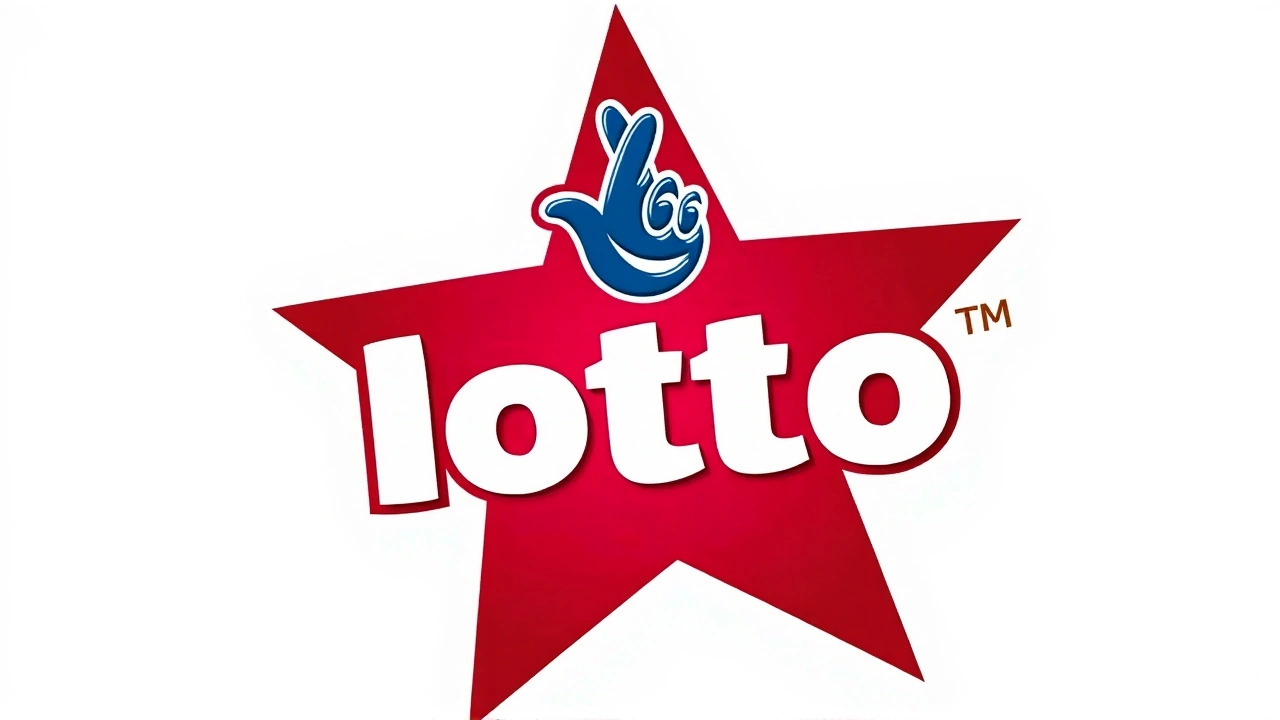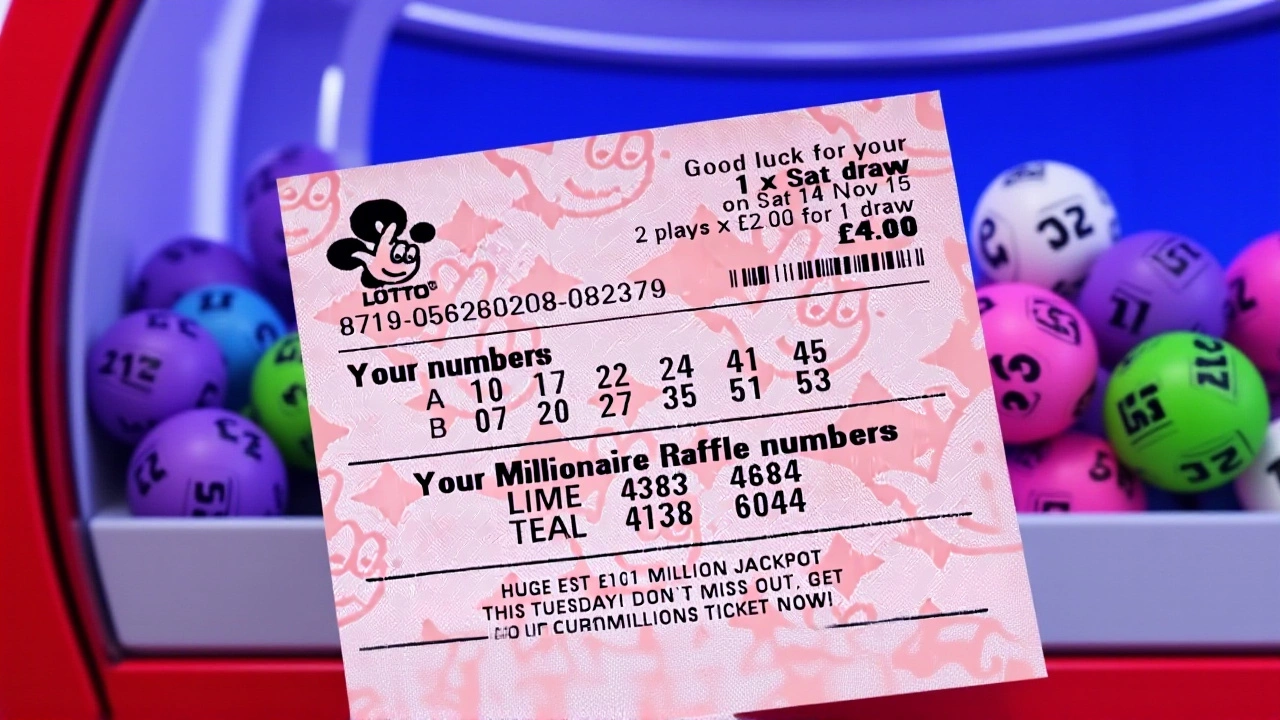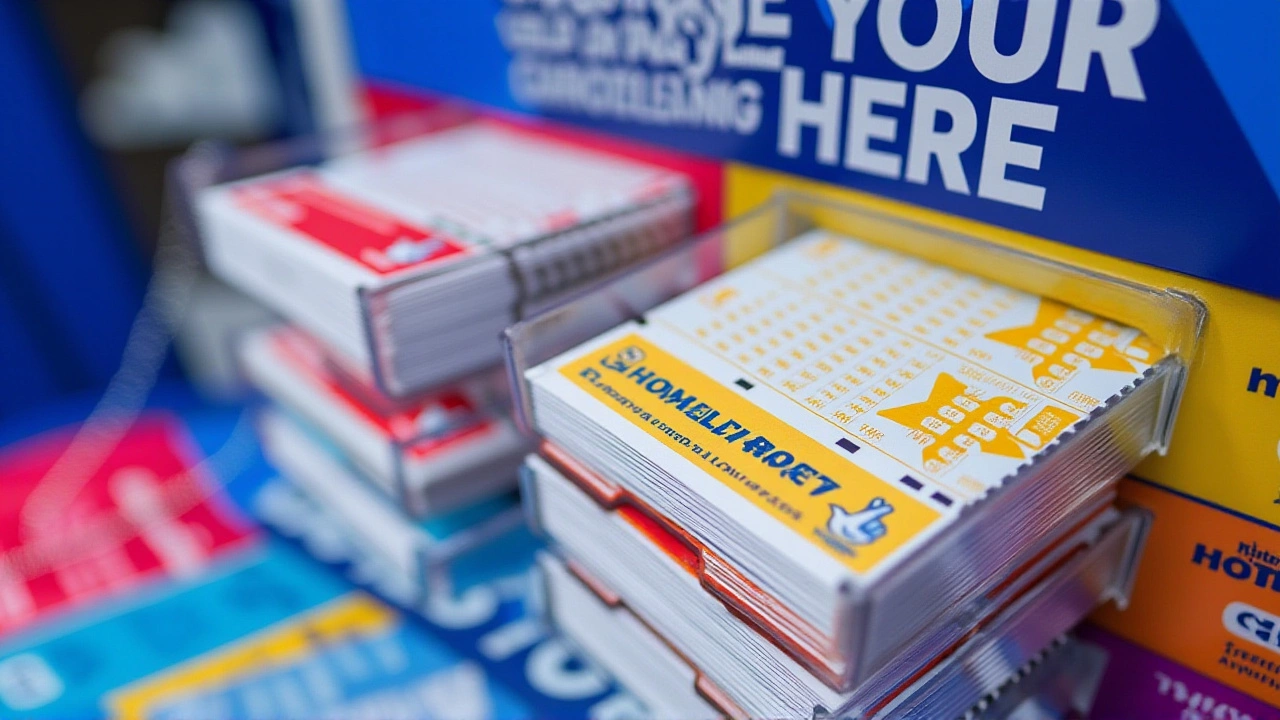When John Smith, independent adjudicator oversaw the Thunderball draw No. 3779United Kingdom on Wednesday, 8 October 2025, the evening ended without a £500,000 jackpot winner. Instead, more than ninety‑eight thousand tickets shared a £557,582 prize pool – a tidy payday for hundreds of hopefuls across the UK and Isle of Man.
How the Thunderball draw works
For anyone who’s ever scratched a ticket, the mechanics are simple: pick five numbers from 1‑50 and a Thunderball from 1‑10. The draw itself uses Ball Set 9 and the mechanical Machine Excalibur 5, both calibrated before every session. After the balls spin, an independent adjudicator like Smith confirms the results, ensuring the process meets the National Lottery’s strict Rules and Procedures.
Results of the 8 October draw
The five main numbers that came up were 13, 16, 23, 26 and 39, with the Thunderball landing on 3. No ticket matched all five plus the Thunderball, so the headline‑grabbing £500,000 prize rolled over to the next draw. The odds of hitting the full house are about one in 46 million, so the occasional miss isn’t shocking – just part of the game’s long‑term allure.
Prize breakdown and the winners
Here’s the thing: while the top prize stayed dormant, the lower tiers lit up wallets across the country. A total of 98,214 tickets claimed a share, and the distribution looked like this:
- 33 winners matched four main numbers plus the Thunderball – £250 each.
- 318 winners hit four numbers without the Thunderball – £100 each.
- 897 winners matched three numbers plus the Thunderball – £20 each.
- 10,696 winners got £10 for three numbers alone.
- 9,148 winners walked away with £10 for two numbers plus the Thunderball.
- 34,893 winners earned £5 for a single number plus the Thunderball.
- 42,229 tickets claimed the modest £3 for the Thunderball alone.
Adding those sums gives the £557,582 total prize fund – a figure that’s just shy of the £600,000 level the draw often reaches when a jackpot is hit.

Reactions from the lottery operator
“We’re delighted to see such a healthy spread of winners across the board,” said Emily Turner, spokesperson for the National Lottery. “Even without a jackpot, the Thunderball game continues to provide meaningful prizes for a broad range of players.” Turner added that the next draw, scheduled for 15 October, will again carry a £500,000 top prize, and that ticket sales have held steady despite the miss.
Industry analysts note that the Thunderball’s modest ticket price – £1 per line – makes the game resilient even when big winners are absent. “Players are used to the roll‑over effect; it actually fuels excitement for the next draw,” says gambling market researcher David Patel, senior analyst at Gaming Insights Ltd. “The odds are better than many other lottery formats, so you’re still likely to win something, which keeps the cash flow humming.”
What’s next for Thunderball?
The next draw – still using Ball Set 9 and Machine Excalibur 5 – is slated for 15 October 2025, with the same £500,000 jackpot on the line. Players can purchase tickets via the National Lottery app or at any authorised retailer. The operator reminds entrants that you must be 18 or older and physically located in the UK or Isle of Man to take part.
Meanwhile, the £500,000 prize will sit untouched until a lucky ticket finally lines up all five main numbers with the Thunderball. That scenario could unfold tomorrow, or it might linger for weeks – the lottery’s history shows both possibilities.

Background on the National Lottery's Thunderball game
Launched in 1999, Thunderball was introduced to give players a cheaper, quicker‑draw alternative to the main Lotto. The draw takes place twice a week, on Wednesdays and Saturdays, and the Thunderball number is drawn from a separate set of ten balls. Over the years the game has paid out more than £6 billion in prizes, with the jackpot rolling over after each draw that fails to produce a full‑house winner.
Regulatory oversight comes from the UK Gambling Commission, which works closely with the National Lottery to enforce fair‑play standards. The use of independent adjudicators, like Smith, is a key part of that framework, providing an extra layer of public confidence.
Frequently Asked Questions
How many people won a prize in the 8 October Thunderball draw?
A total of 98,214 tickets claimed a prize, ranging from the £3 Thunderball‑only win to the £250 for four numbers plus the Thunderball.
What are the chances of hitting the £500,000 jackpot?
The odds of matching all five main numbers and the Thunderball are about 1 in 46 million, which means most draws go without a jackpot winner.
Can I play Thunderball if I live on the Isle of Man?
Yes. The National Lottery permits players who are physically located in the United Kingdom or the Isle of Man, provided they are 18 years or older.
When is the next Thunderball draw and what is the jackpot?
The next draw takes place on 15 October 2025, and the top prize remains £500,000 because no ticket hit the full house in the previous draw.
How does the National Lottery ensure the draw is fair?
Each draw is overseen by an independent adjudicator, uses certified ball sets and machines, and is subject to scrutiny by the UK Gambling Commission to guarantee integrity.
